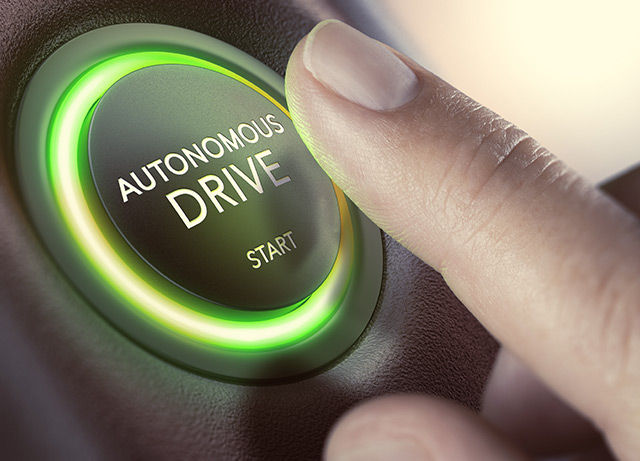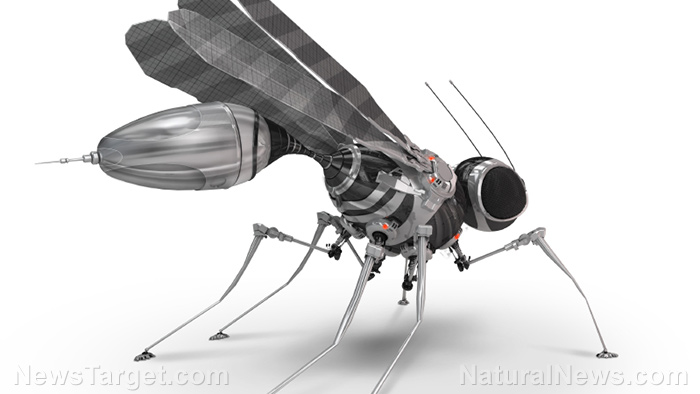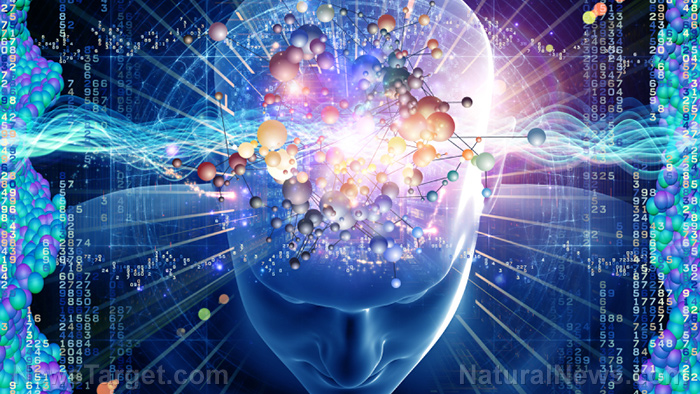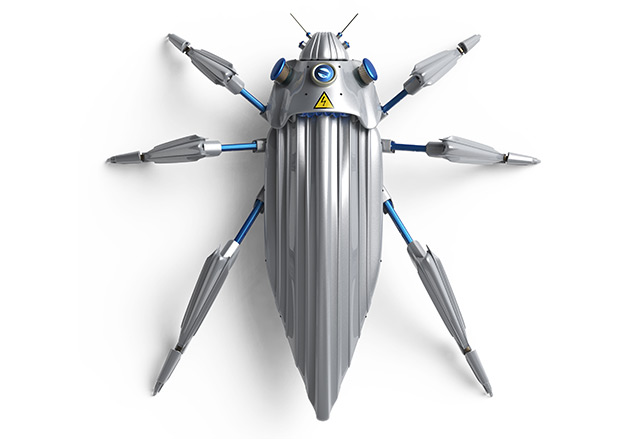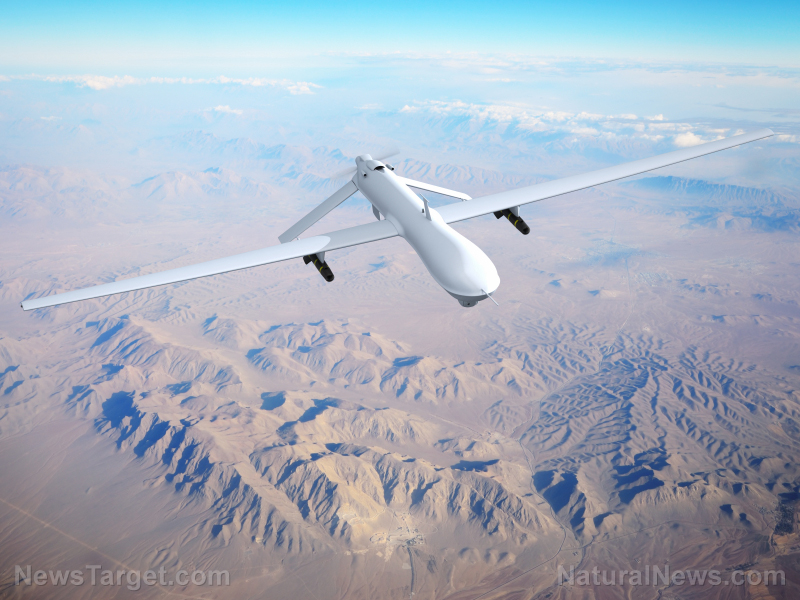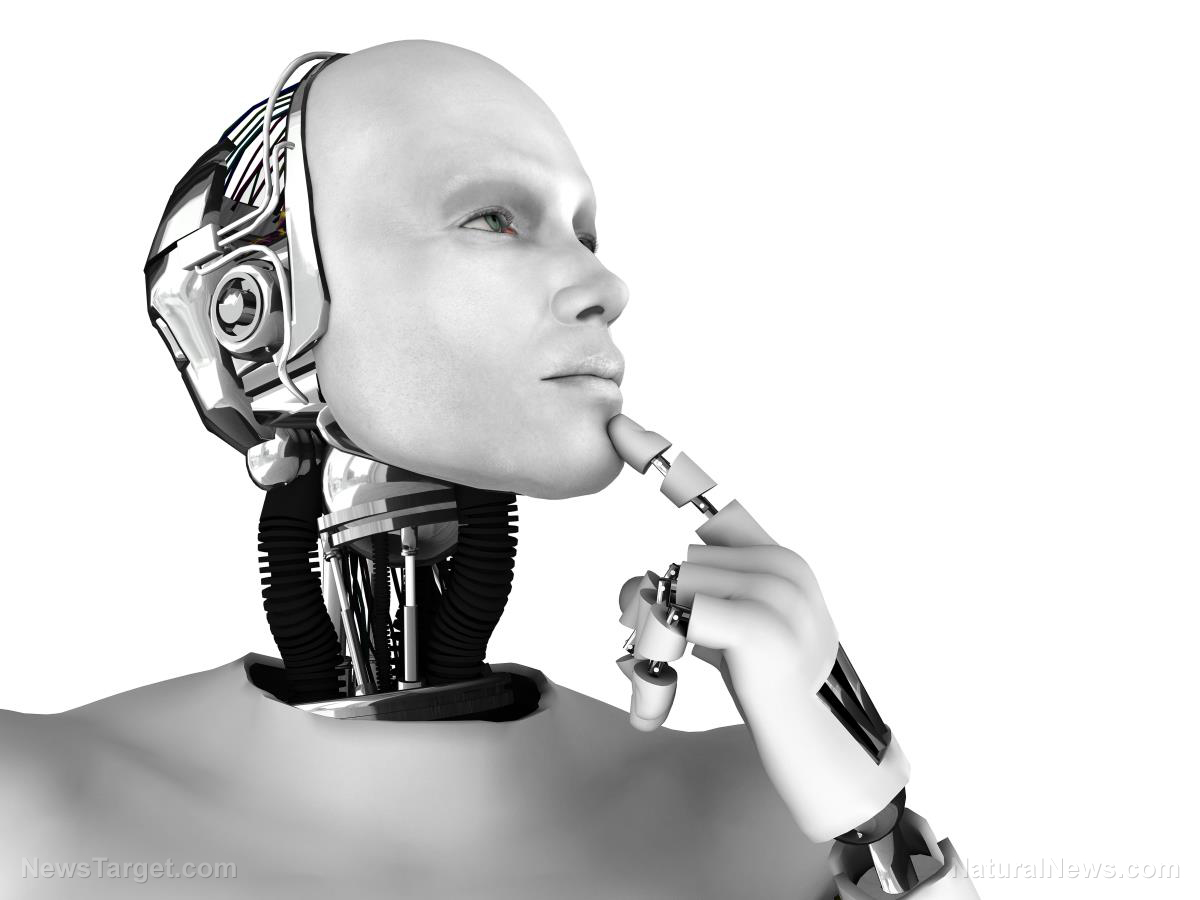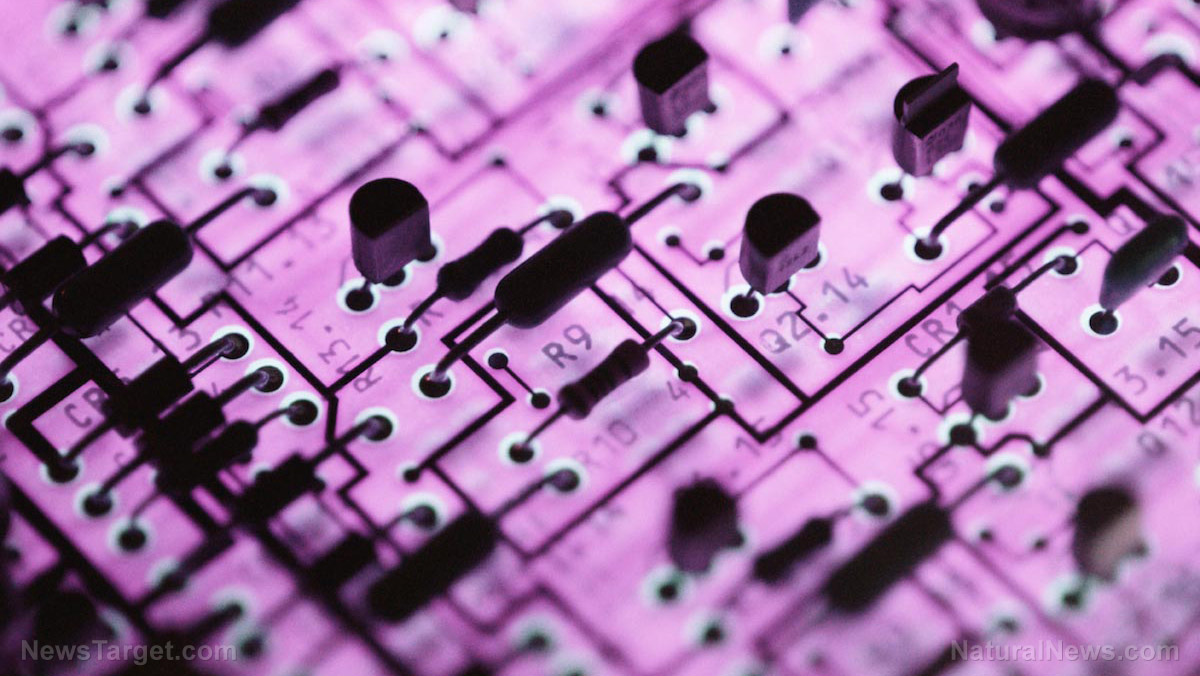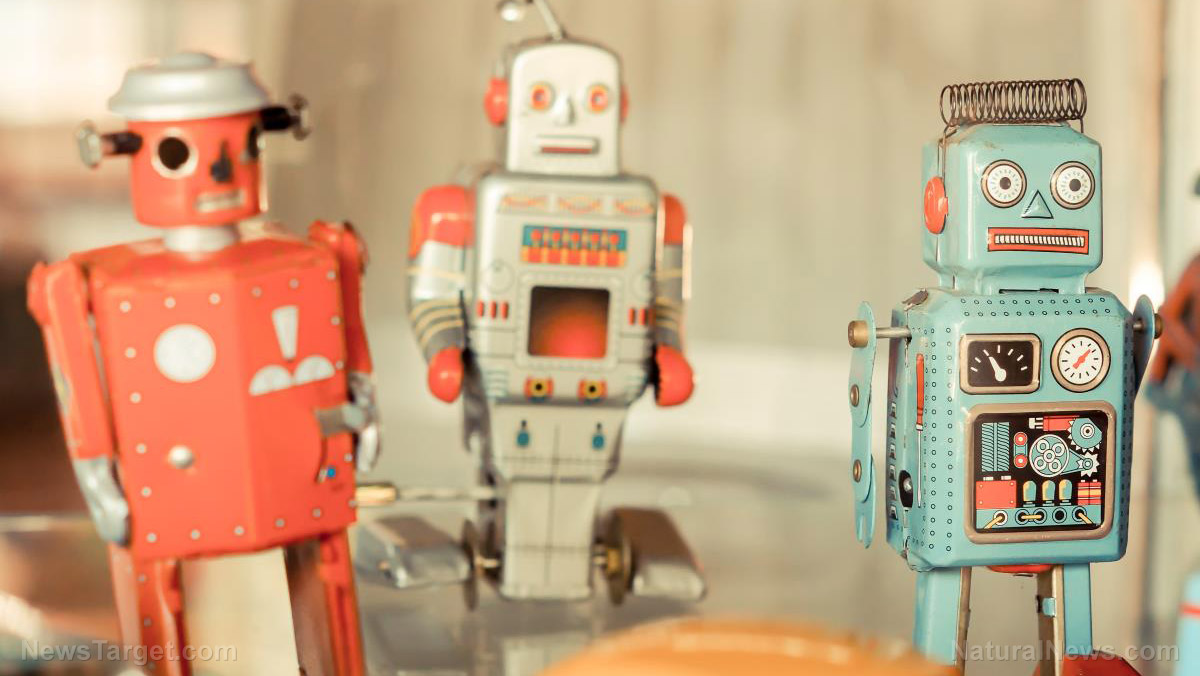The new programming techniques use neural networks modeled on the human brain, in which information is processed in layers and the connections between these layers are strengthened based on what is learned. This is called deep learning because of the increasing numbers of layers of information that are processed by increasingly faster computers. These are enabling computers to recognize images, voice, and text — and to do humanlike things.
AI has applications in every area in which data are processed and decisions required. Wired founding editor Kevin Kelly likened AI to electricity: a cheap, reliable, industrial-grade digital smartness running behind everything. He said that it “will enliven inert objects, much as electricity did more than a century ago. Everything that we formerly electrified we will now ‘cognitize.’ This new utilitarian AI will also augment us individually as people . . . and collectively as a species.”
AI will soon be everywhere. Businesses are infusing AI into their products and helping them analyze the vast amounts of data they are gathering. Google, Amazon and Apple are working on voice assistants for our homes that manage our lights, order our food, and schedule our meetings. Robotic assistants such as Rosie from “The Jetsons” and R2-D2 of “Star Wars” are about a decade away.
Do we need to worry about the runaway “artificial general intelligence” that goes out of control and takes over the world? Yes — but perhaps not for another 15 or 20 years. There are justified fears that rather than being told what to learn and complementing our capabilities, AIs will start learning everything there is to learn and know far more than we do. Though some people, such as futurist Ray Kurzweil, see us using AI to evolve together, others, such as Elon Musk and Stephen Hawking, fear that AI will usurp us. We really don’t know where all this will go.
What is certain is that AI is here and making amazing things possible.

